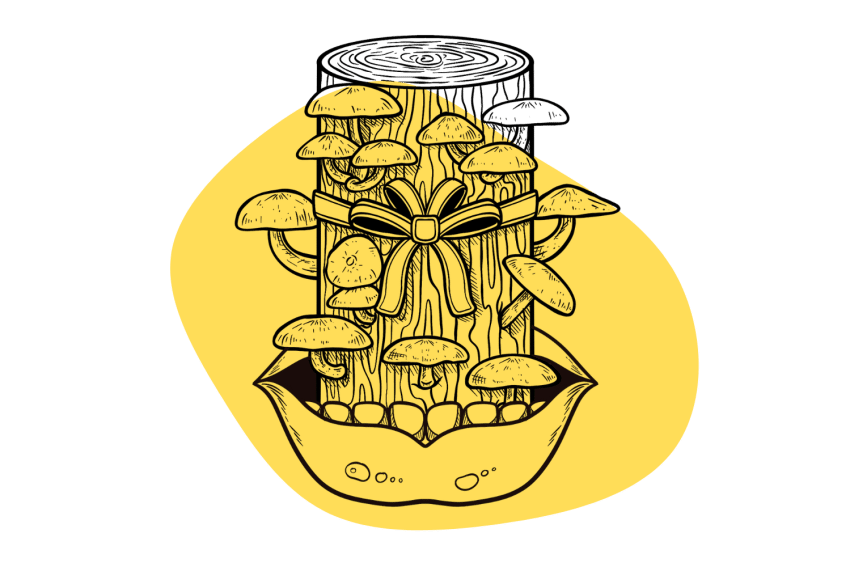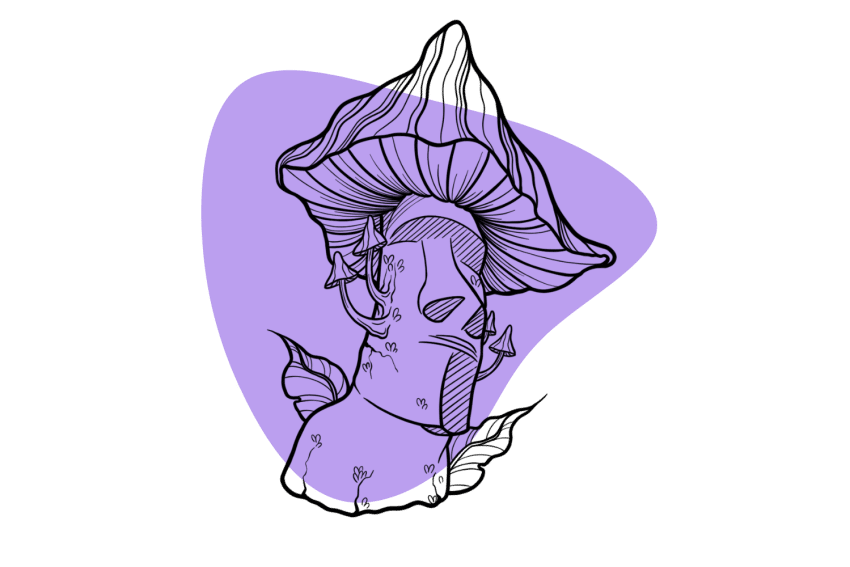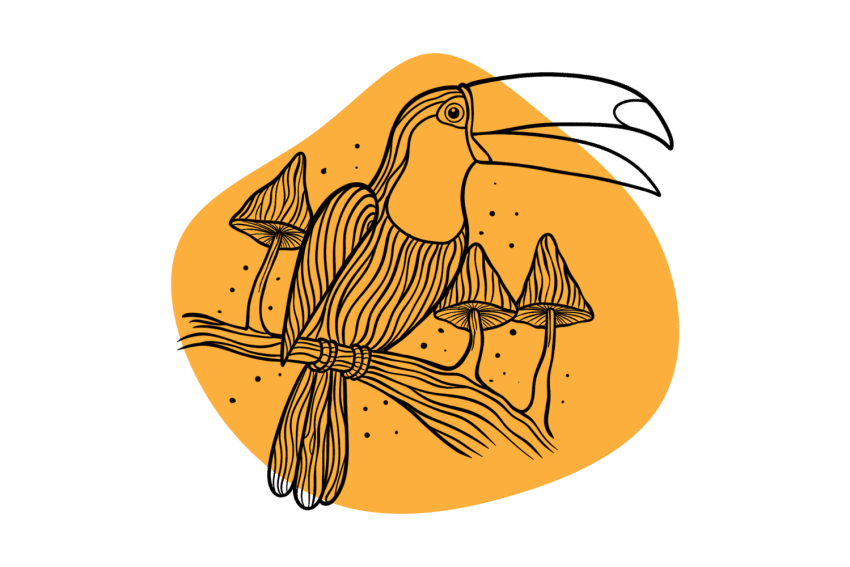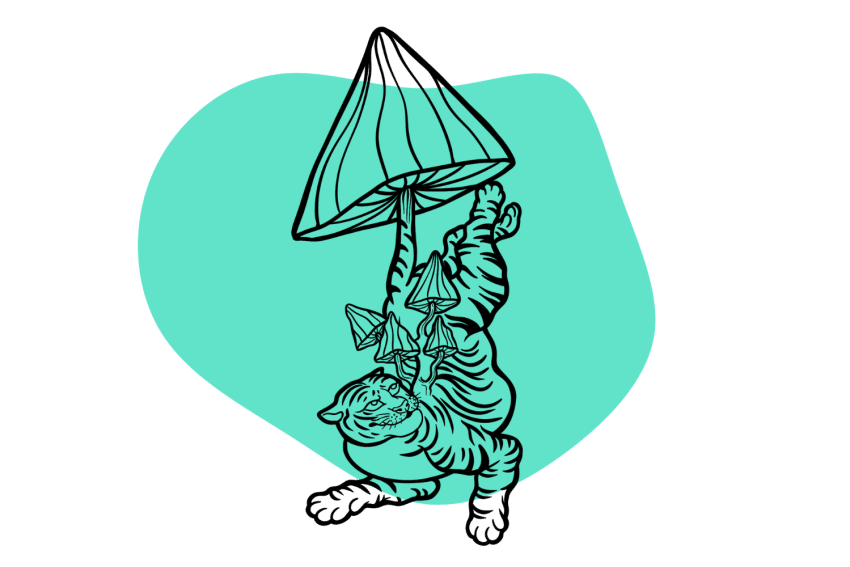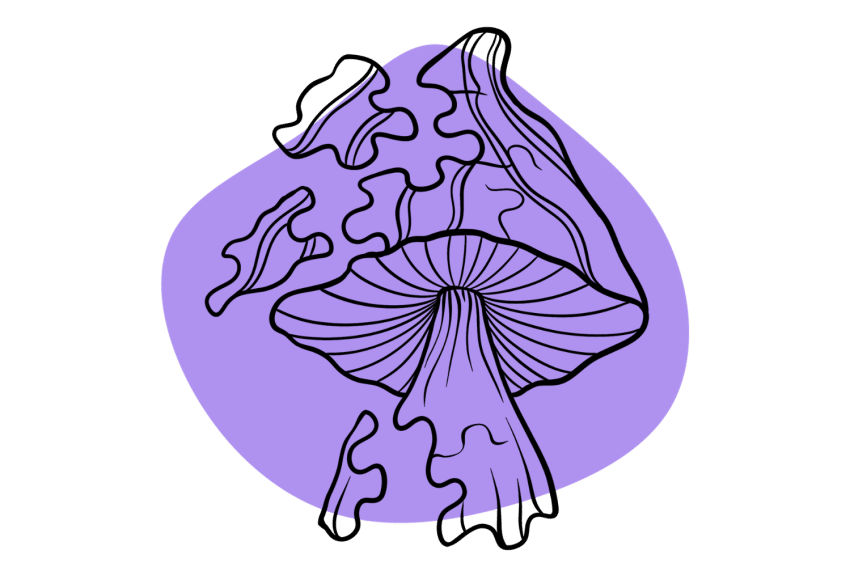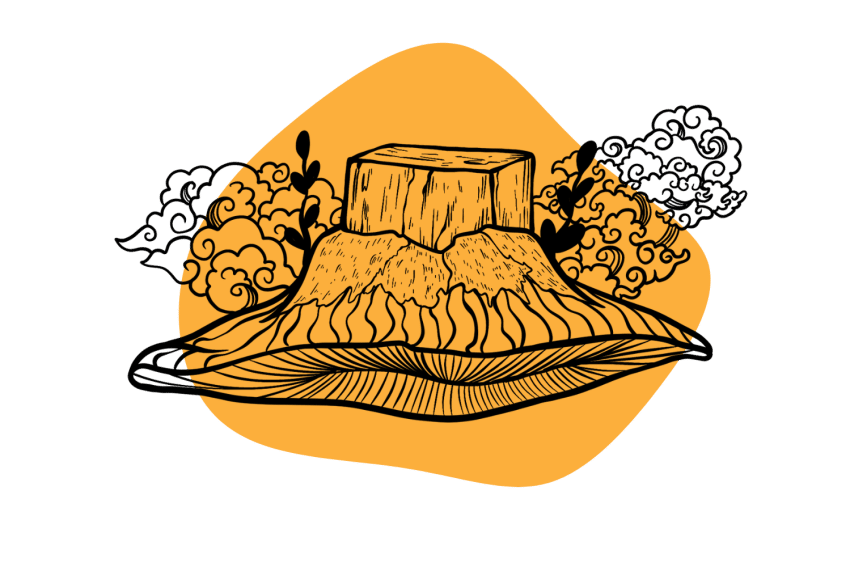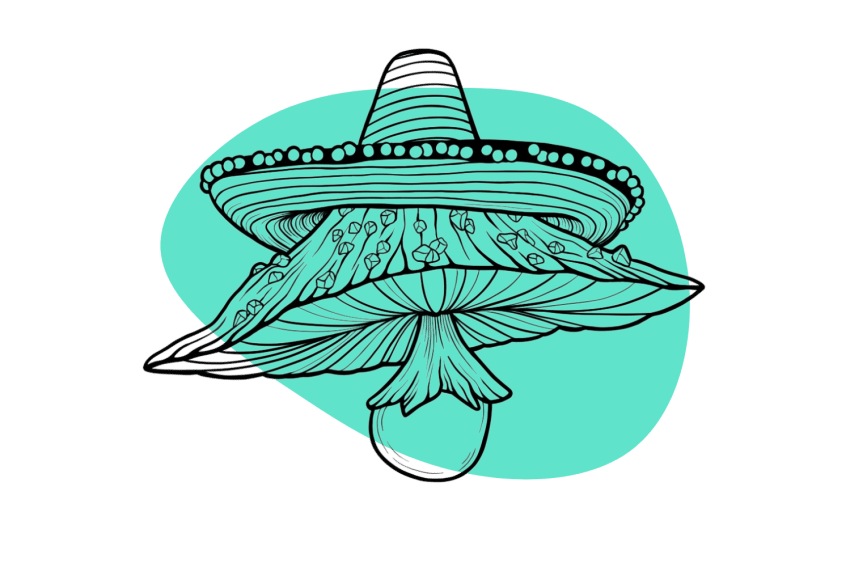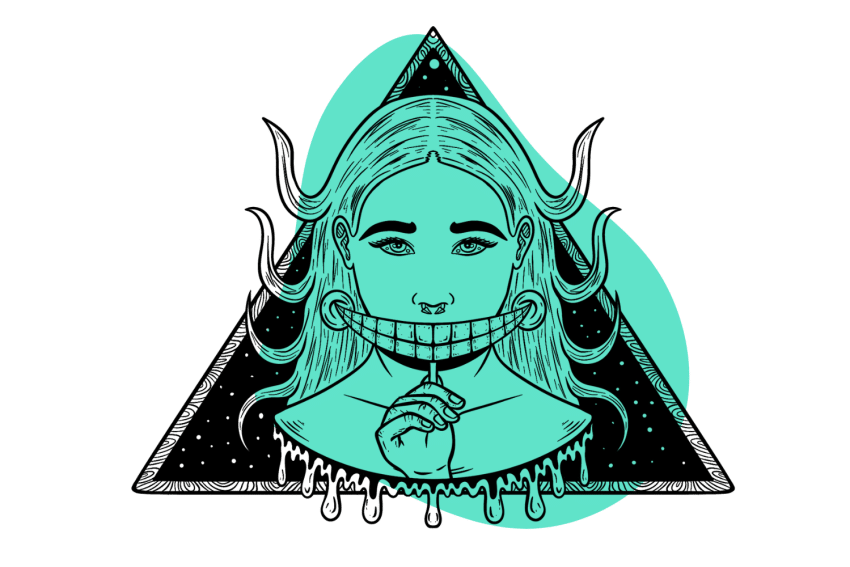The Albino Treasure Coast Magic Mushroom Strain
Not a true albino magic mushroom — but close enough.
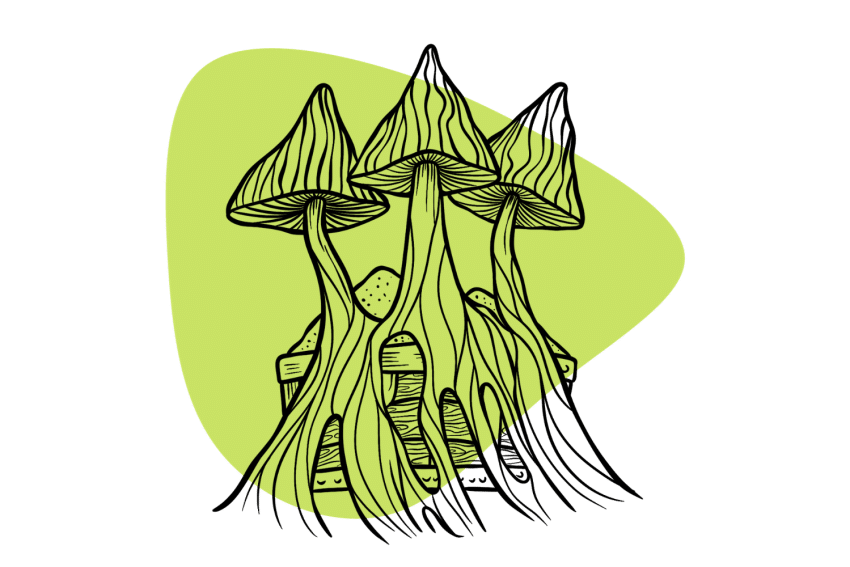
The Albino Treasure Coast strain has a nebulous history — most people aren’t certain where it came from or who developed it — but it’s here to stay.
What we do know is that this magic mushroom strain is a favorite among growers for its resistance to disease and aesthetically-pleasing fluffy-white fruiting bodies, as well as among users for its nicely balanced trip experience.
As their name suggests, Albino Treasure Coast shrooms are closely related to their parent strain, Treasure Coast shrooms.
The albino version of this famous strain was developed using a technique called tissue isolation. Genetic samples were isolated in a petri dish until the albino genetics were isolated. It was then grown through several generations to strengthen the strain’s genetic lineage — thus maintaining the albino traits from one generation to the next.
The discovery of this strain is often attributed to Mr. G, a famous mycologist responsible for the famous B+ strain and the A+ strain.
Despite the name, Albino Treasure Coast mushrooms aren’t true albinos (defined by a complete lack of pigmentation). Instead, these mushrooms are leucistic, which is characterized by a reduction in pigmentation rather than a total lack of pigment.
Some examples of true albino strains are Albino Penis Envy, White Rabbit, and Yeti.
Albino Treasure Coast Specs
| Potency | Average 🍄 |
| Cultivation | Intermediate |
| Species | Psilocybe cubensis |
| Substrate Recommendation | Rye Grain or Brown Rice Flour |
| Cost | $ |
| Sold By | Sporeslab, Spores 101 |
Albino Treasure Coast Potency & Psilocybin Content
It’s very difficult to estimate the potency of this or any strain because there will always be large variances between samples. The psilocybin and psilocin content depends on the growing conditions, which will never be perfectly replicated. Even shrooms from the same batch can vary in potency.
With that said, we can offer a general average of psilocybin and psilocin content based on sample analysis and subjective experience from people who have used the mushroom.
Most users state that the trip experience is about average. We estimate the average potency is somewhere between 0.50% and 1.00% of total tryptamines.
We also typically look at the results from the data published via the Psilocybin Cup hosted by Oakland Hyphae. This competition allows growers to submit samples for testing, where they can then be cataloged and ranked for potency.
So far, only one sample has been submitted for testing. The sample contained 0.13% psilocybin and 0.05% psilocin for a total tryptamine level of around 0.33% (considered weak compared to most Psilocybe cubensis strains).
However, based on previous experience with this mushroom, we’d still consider this strain roughly average potency. This single sample isn’t enough to prove this mushroom strain is weaker than most others.
The parent strain, Treasure Coast, has also been tested across two separate samples (both submitted by Holistic Health Bay Area). The first sample had 0.58% psilocybin and 0.07% psilocin (0.65% total tryptamines). The other sample tested 0.59% psilocybin and 0.09% psilocin (0.69% total tryptamine content).
Albino Treasure Coast Variations & Genetic Relatives
Although little is known about the origin of the Albino Treasure Coast shroom strain, there are two close relatives worth mentioning — the Treasure Coast strain (its parent strain) and F+ (a progeny strain).
Where to Buy Albino Treasure Coast Spores
Unfortunately, you’ll likely have difficulty finding Albino Treasure Coast spores to cultivate.
Despite the strain’s popularity, it’s only available from Sporeslab, which purchased a sample of the original strain from a local grower in British Columbia. Sporeslab is currently the only vendor we could find online that sells Albino Treasure Coast spores, and this company only ships to Canada.
- If you live in the United States — Spores 101, Miracle Farms
- If you live in Canada — Sporeslab
- If you live in Europe — The Magic Mushroom Shop
How to Grow Albino Treasure Coast
Albino Treasure Coast shrooms aren’t known for their large size, as they tend to be quite short with modestly-sized caps. However, they grow in large, thick clusters and provide a decent harvest. The caps are also believed to be higher in tryptamines than those on the parent strain, making this a more popular choice for cultivators.
Growing magic mushrooms is straightforward and can be pretty enjoyable whether you plan to consume your harvest or not. The process is similar regardless of what strain you plan to grow, so we’ll detail the general steps below.
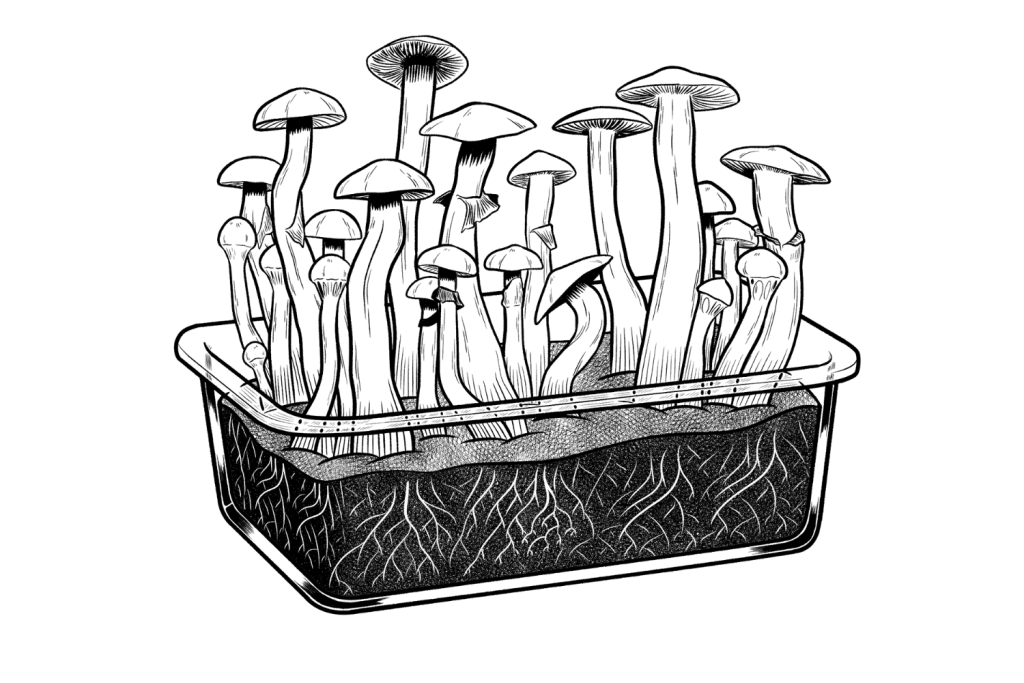
The primary consideration you’ll want to make when growing an albino strain is whether or not you want to isolate a white sample further or not. Right out of the box, the spores should produce bright white mushrooms, but sometimes you’ll end up with an off-brown or off-grey color instead if you try to isolate the white phenotype using agar plates.
This method is for advanced growers; if you’re just starting, check out our in-depth magic mushroom growing guide to get started today.
Step 1: Prepare Your Substrate
First, mix two parts vermiculite, one part water, and two parts brown rice flour or rye grain. Use this mixture to fill a mason jar up to around ¾” below the rim. Fill the remaining space with dry vermiculite.
Step 2: Sterilize Your Substrate
Since mushroom spores will compete with mold spores in the substrate, you need to sterilize your mixture. Seal the jar with tin foil and then leave it in a pressure cooker or Instant Pot at 121 degrees F for around 30 minutes.
Step 3: Inoculation
Next, you’ll introduce your spores to your substrate. However, this step is where most contamination will occur, so you should take your time sterilizing your workspace, equipment, and hands before moving forward with this step. Once you have added your spores to your substrate, seal the jar.
Step 4: Incubation & Colonization
Now you need to let your spores incubate. Leave the sealed jar in the dark, and maintain a humidity level of 85% and a temperature between 70 and 80 degrees. You’ll start to see the white mycelium spread throughout the substrate. Once it has overtaken all of it, you can move on.
Step 5: Fruiting
At this point, the shrooms are ready to produce fruiting bodies. Remove the substrate from your jar and place it on moist vermiculite in your fruiting chamber. Keep this chamber at 85% humidity, but drop the temperature to between 50 and 65 degrees. After a few days, you’ll start to see mushroom growth.
Step 6: Harvest
The veils under the mushroom caps that keep the spores in will eventually break and release the spores. When this happens, you’re ready to harvest. Albino Treasure Coast shrooms typically produce two to three prolific flushes, so be patient. If your shrooms get stuck after one or two flushes, you can dunk them in ice water for 20 minutes before placing them back in the fruiting chamber.
Similar Strains
Given how uncommon the Albino Treasure Coast strain is and that the only commercial spore vendor that carries it is Sporeslab in Canada, many cultivators and users will naturally look for alternatives. Below, we’ll discuss some of the strains that provide a similar growing or user experience to this strain.
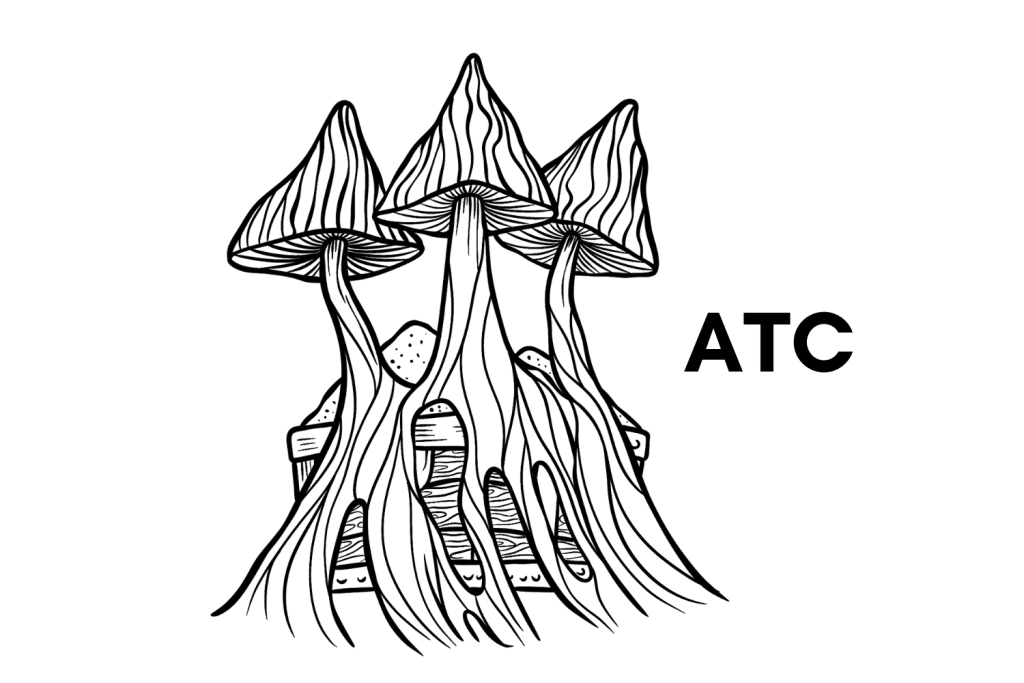
Treasure Coast
The parent strain, Treasure Coast, will provide a nearly identical experience, whether you’re interested in cultivating or using Albino Treasure Coast shrooms. They appear identical except for the coloration. The psychoactivity is indistinguishable between these two strains.
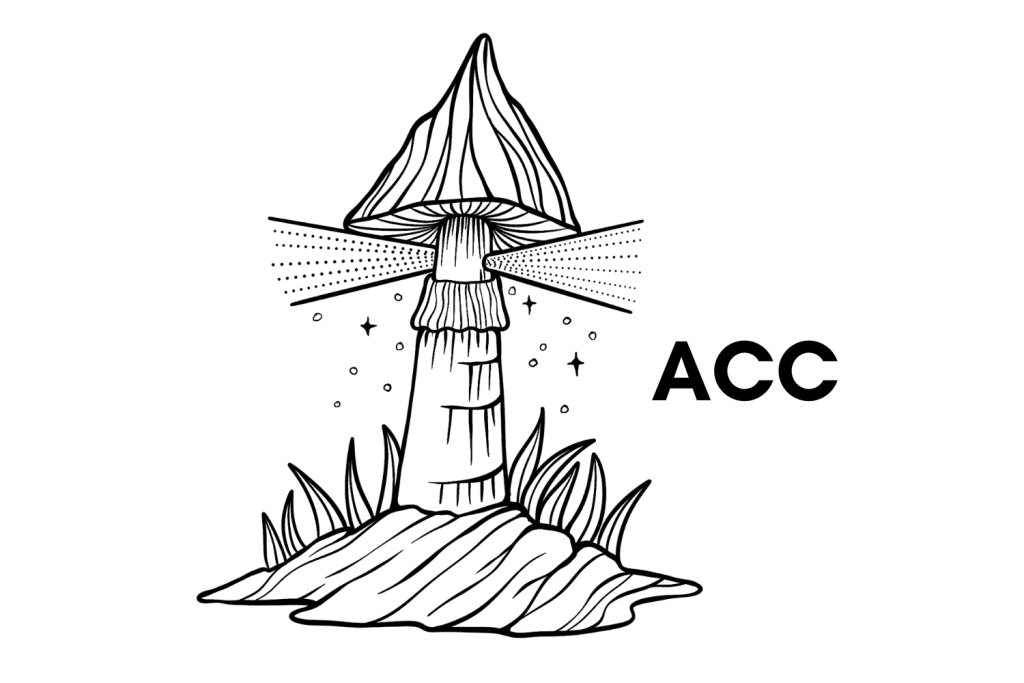
Acadian Coast
Acadian Coast shrooms also have an average potency, like the Albino Treasure Coast strain, so they’re a decent alternative to those looking to use magic mushrooms. For those cultivating, the prolific flushes will provide a very similar experience to growing Albino Treasure Coast shrooms, and the Acadian Coast variety is more widely available.
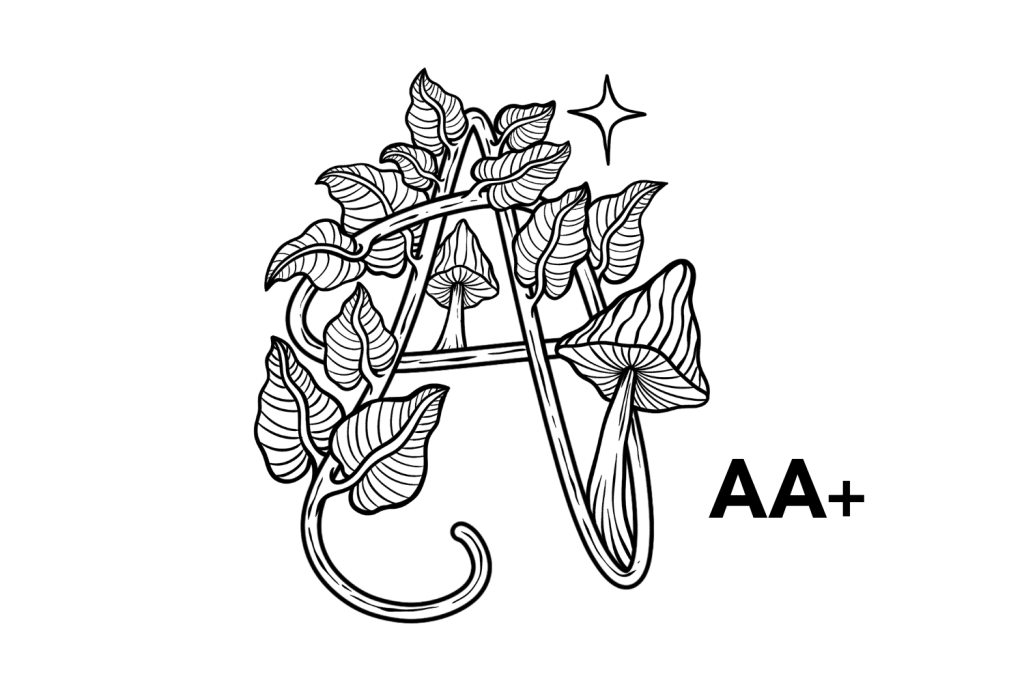
Albino A+
For cultivators who want an “albino” strain that’s a little more potent, the Albino A+ mushrooms are a great option.
This strain is more potent than Albino Treasure Coast, and it — or, at least, its parent strain — was founded by the same mycologist: Mr. G.
This is a leucistic strain, making it easier than albino strains to cultivate but still produces interesting-looking fruiting bodies.
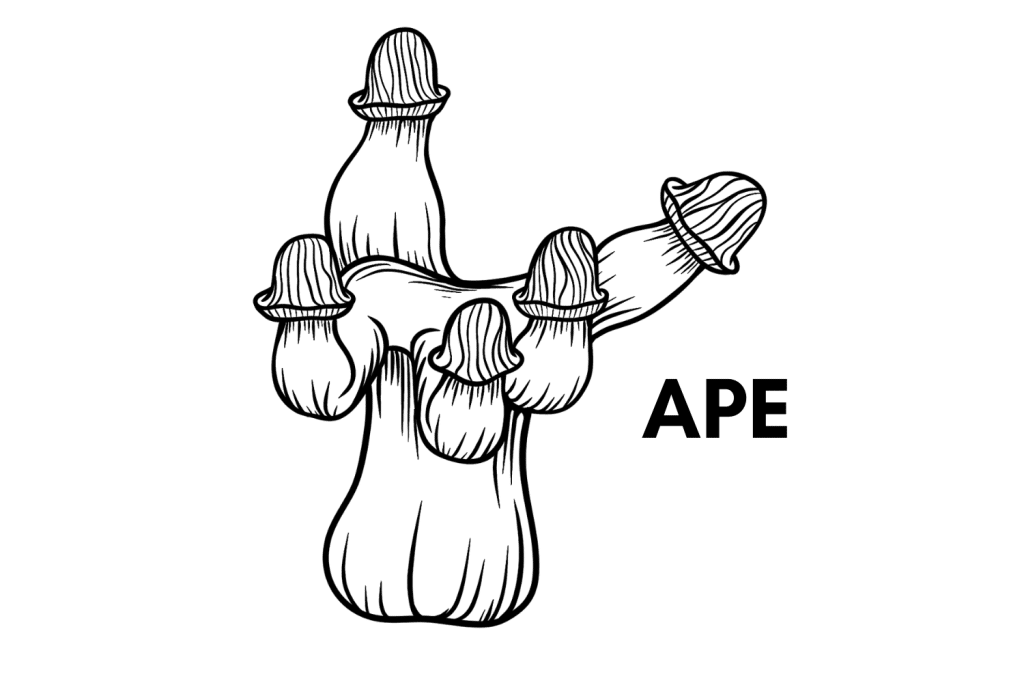
Albino Penis Envy
If you’re interested in pale fruiting bodies but want to try your hand at a true albino strain, the Albino Penis Envy is a great option.
This strain is a bit more challenging to cultivate because of translucent spores and higher sensitivity to mold — but the fruiting bodies are unique (they look like a penis).
It should also be noted that this strain has a significantly higher potency than Albino Treasure Coast shrooms.
Strains vs. Species: What’s The Difference?
The terms “strain” and “species” are often confused by magic mushroom cultivators and users, even though the differences between the two are significant.
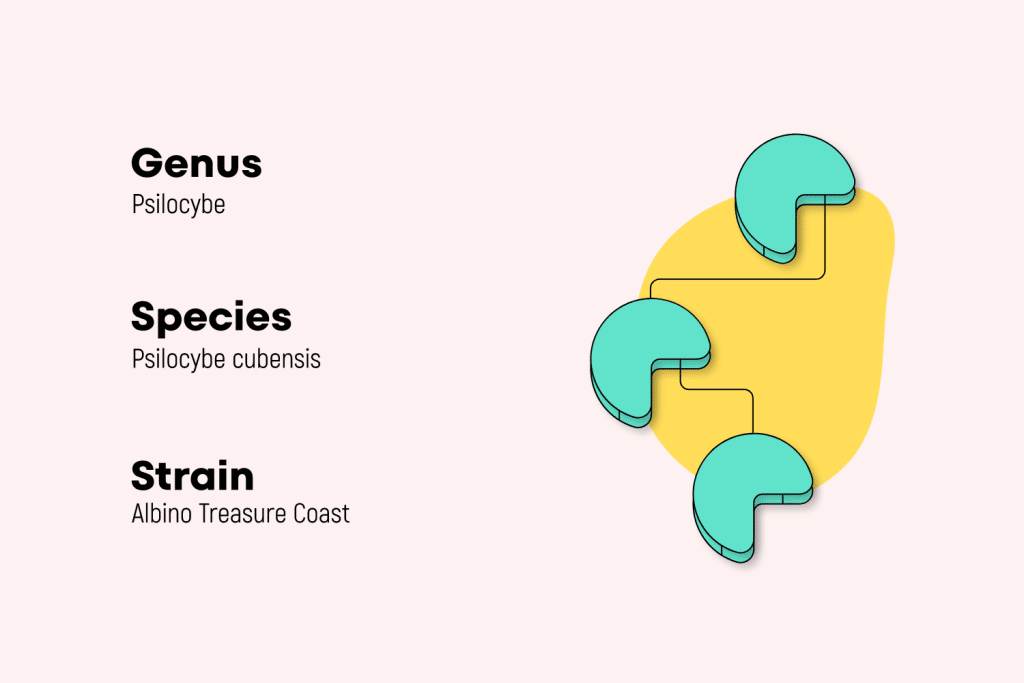
The term “strain,” as it pertains to psilocybin mushrooms, refers to a genetic sample of a mushroom that has been collected from a wild sample — or developed from other strains — and isolated in a lab setting. Each strain exhibits a specific set of characteristics distinct from other strains.
These characteristics can include the following:
- Unique growth traits — like stem size, cap size, cap shape, and overall size or color
- Alterations in chemical fingerprinting — including the amount of psilocin and psilocybin that occurs naturally in samples of the strain
- Resilience — indicates how resistant the strain is to mold and disease, the rapidity at which the strain colonizes, or how abundantly the strain tends to fruit
The term “species” refers to genetically unique mushrooms. Differences between species are more likely due to genes rather than growing conditions.
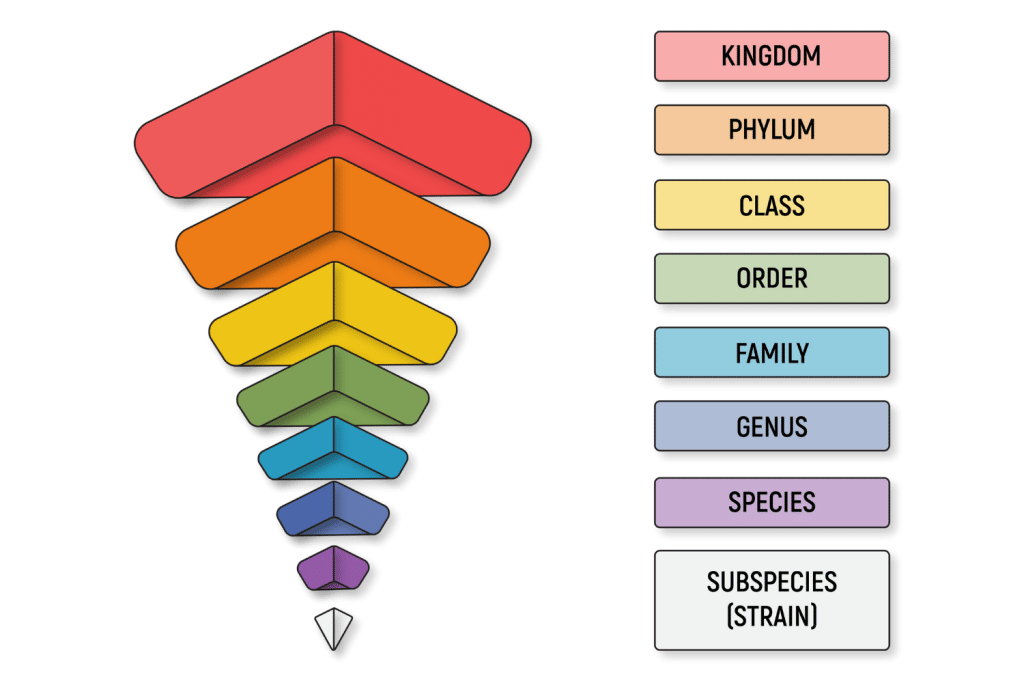
For example, Psilocybe cubensis is genetically distinct from Psilocybe semilanceata. Two samples from different species cannot reproduce. Conversely, two strains from the same species (such as Penis Envy and Golden Teachers) can reproduce with viable offspring.
| Examples of Magic Mushroom Strains | Examples of Magic Mushroom Species |
| Albino Treasure Coast (Psilocybe cubensis) Golden Teachers (Psilocybe cubensis) Blue Meanies (Psilocybe cubensis) Aztec Gold (Psilocybe cubensis) Dixieland (Psilocybe cubensis) | Psilocybe cubensis Psilocybe ssemilanceata Psilocybe tampanensis Psilocybe azurescens Panaeolus cambodginiensis Panaeolus cyanescens Gymnopilus aeruginosus |
Most plants that are of interest to humans come in various strains. An excellent example is the cannabis plant (Cannabis sativa) — which is available in thousands of unique strains with wacky names like Grandaddy Purple, Super Silver Haze, or Durban Poison.
You can also find all kinds of strains for plants (and mushrooms), such as tulips (Tulipa spp.), roses (Rosa spp.), kava (Piper methysticum), kratom (Mitragyna speciosa), and many more.
Final Thoughts: Albino Treasure Coast Shrooms
The Albino Treasure Coast shroom belongs to the Psilocybe cubensis species, meaning it contains psilocybin and psilocin and produces a psychedelic trip when consumed. This strain is average in potency and provides a more mellow and relaxing experience with mild visuals than most other strains.
The strain is reported to have been developed by the famed mycologist Mr.G from the parent Treasure Coast strain. The original sample is thought to have been collected somewhere along the West Coast of Florida.
The Albino Treasure Coast is not a true albino — but this is mostly semantics. These mushrooms have a distinct cloudy-white appearance.
Since it’s only available from one vendor — Sporeslab in Canada — many cultivators and users turn to alternative strains to grow and consume. Some similar strains include Treasure Coast, Acadian Coast, Albino A+, or Albino Penis Envy.

